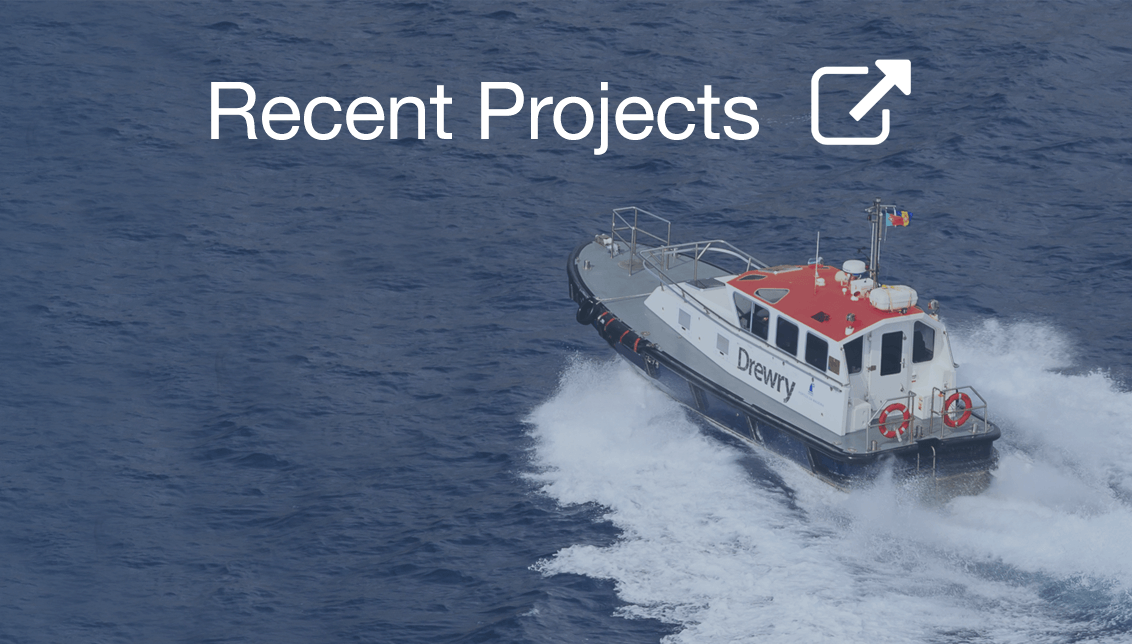Browse Products by Sector
Container ShippingContainer Equipment Assets
Ports and Terminals
Dry Bulk Shipping
Tanker Shipping
Gas Shipping
Specialised Shipping
Multimodal Transport
Logistics Management
Ship Operations and Management
Other popular areas
Browse subscriptions by Sector
Container ShippingPorts and Terminals
Dry Bulk Shipping
LPG Shipping
LNG Shipping
Crude Tanker Shipping
Product Tanker Shipping
Financial Advisory
Valuations
Drewry Financial Research Services Ltd is authorised by the UK Financial Conduct Authority (FCA).
Recovery comes too late for contracts
Asia to West Coast North America volumes are growing in strength, but early-year sluggishness limited annual contract increases.
After a sluggish start to the year Asian exports bound for the US West Coast ports have rebounded since February. After the first five months Asia to USWC volumes grew by 2.5% year-on-year to nearly 4 million teu. While clearly a positive trend, growth to the US East Coast (which we shall cover in more detail next week) was faster at 6.0% as the gradual coastal shift continues.
Figure 1: Eastbound Asia to WCNA container traffic ('000 teu)

Source: Drewry Maritime Research, derived from PIERS and Container Trade Statistics
When adding in volumes to Canada and Mexico, for which data is only available up to April, the Asia-West Coast North America trade looks stronger. After four months the rolling average for the trade tracked at 4.7%, which is broadly the same as 2016 ended.
There are plenty of green lights in the US economy at present. Consumer confidence remains consistent, positive and strong, and there is every expectation that President Trump will deliver on his promise to cut personal taxes, even if its enactment has been delayed. The US is coming closer to full employment after adding jobs at an average pace of 174,000 over the past three months. Additionally, the strong dollar has lowered the cost of imported goods. As such, we expect the full-year 2017 growth trend for Asia-WCNA container traffic to remain close to the current range.
Figure 2: 12-month rolling average of eastbound Asia-WCNA container traffic ('000 teu)

Source: Drewry Maritime Research, derived from PIERS and Container Trade Statistics
The rise of online retail spending, which increased by 11% last year versus a drop of nearly 6% in department stores, is starting to impact on supply chain strategies. Firstly, because consumers can buy over the internet as and when they like and they do not have to wait until seasonal goods are actually available in the shops, trimming the peaks in the shipping calendar. Secondly, e-commerce is pushing up demand, and prices, for warehousing. In some parts of the US, warehouse space remains tight and that could start inhibiting – or even dictate - the growth of imported goods. At the same time, inventory levels have been pushing upwards as retailers, who offer both online and shop platforms, struggle to balance the need to keep goods close to consumers (fast deliveries being critical) while they maintain stocks in both warehouses and stores.
Eastbound capacity along the Asia-WCNA corridor has been relatively stable for the past few months and forward schedules indicate they won’t be much changed in July either. On a year-on-year basis the number of available slots is expected to be around 7% higher in July as carriers prepare for the seasonal “Back-to-school” surge in demand.
Of note, new entrant SM Line of South Korea is reportedly planning to start a second Asia-WCNA service at some point next year with an eastbound connection from Asia to Canadian West Coast ports. At present, its involvement in the trade is limited to one service, the China Pacific Express (CPX), using five ships of 6,600 teu, calling exclusively at Long Beach in the US.
Figure 4: Eastbound Asia to WCNA utilisation v rates

Spot market rates have softened since the start of the year, which meant that carriers had to lower their ambitions for contract rates. Our research suggests that lines secured average Asia to USWC contracts of $1,100-$1,200 per feu; while being a big improvement on last year is lower than they would have hoped for in January and is still low by historical standards. Carriers are currently pinning their hopes for a spot market recovery over the traditional peak holiday seasons in July (for Back-to-School) and September (for Thanksgiving and Christmas). Hapag-Lloyd was first into the fray, notifying its customers that it will be seeking a $1,500 rate increase on 15 July. Ship utilisation should reach over 90% in the third quarter but space is unlikely to be so tight that cargo rollovers start occurring.
Figure 5: Drewry CFRI Hong Kong to Los Angeles ($/40ft container)

Table 1: Asia-WCNA - estimated monthly supply/demand position

Notes: *Based on effective capacity after deductions are made for deadweight and high-cube limitations and then again for out-of-scope cargoes, ie. those relayed to areas outside the range. Where relevant,operational capacities have also been adjusted for slots allocated to wayport cargoes. Data is subject to change
Source: Drewry Maritime Research
Our view
The spot market will soon recover as the Asia-WCNA enters the peak season, although it might not be as pronounced as before due to the proliferation in online shopping.
Container Industry Statistics
World Container Index
East-West composite ($/40ft)Bunker Prices
Rotterdam ($/tonne)Global Port Throughput
Jan 2019 = 100
Idle Capacity
('000 teu)© Copyright 2024 | Drewry Shipping Consultants Limited. All Rights Reserved. Website Terms of Use | Privacy Policy



